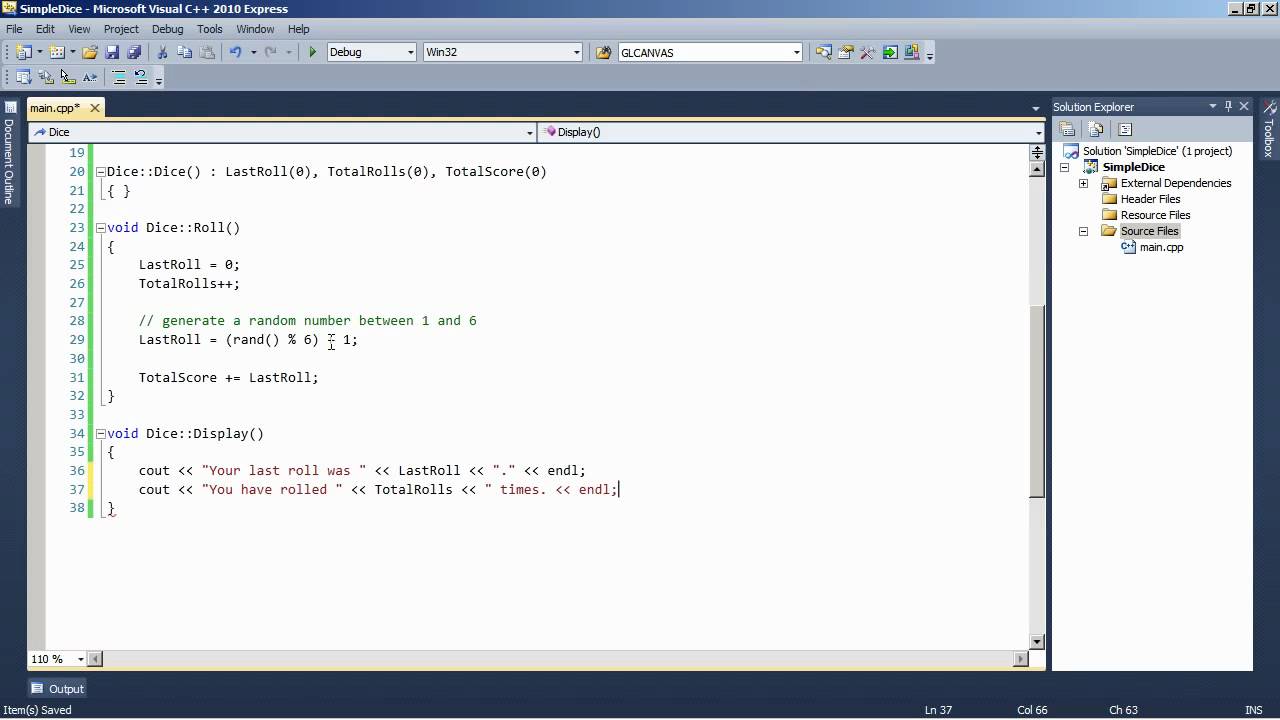For more information on random number generation, particularly on subtle things that can go wrong, see the CodeProject article Pitfalls in Random Number Generation. If you are using C, see Random number generation using C TR1. 11 th April, 2008: Initial post. The default random number provider implements an algorithm for generating random numbers that complies with the NIST SP800-90 standard, specifically the CTRDRBG portion of that standard.
- How To Generate Random Number In Dev C++ Version
- How To Generate Random Number In Dev C++ Download
- Generate Random Number Javascript

C and C++ programming languages provide rand() and srand() functions in order to create random numbers. Random numbers can be used for security, lottery, etc. In this tutorial, we will learn how to use a random number generating functions rand() and srand() with their attributes and specialties.
Random Numbers
Random numbers are sequential numbers that are different than each other always. Random numbers are important for security which can be used to generate UUID, Certificates, Passwords, etc. In order to generate random numbers we generally need a hardware-based source that generates random signals where these signals will be used to generate a random number. There are hardware components used to generate these random signals specifically.
PSEUDO Random Numbers

As using hardware-based random number generators are pricy or not always available we generally use random-like signal generators. If we are using this type of not completely random number generator we call these PSEUDO Random Number Generators. For example Network Interface Card, Sound Card or similar hardware can be used as PSEUDO Random Number Generator.


Seed Value
As creating randomness is a very hard job we can provide Seed for every random function execution to create randomness. Seed values are used to make a random start from the application point of view. Every time we need to use different seed values to make it perfect. We generally use functions like time, network traffic, etc where they are changing regularly.
RAND_MAX
While generating random numbers we need to set some start and end limits. The start limit is 0 but the end limit can be defined explicitly with the RAND_MAX macro like below.
rand() Function
rand() function is used to create random numbers without any parameters. This will create the same sequence in each run during the same execution.
We can see that every time we call rand() function we get the same random numbers.
srand() Function
How To Generate Random Number In Dev C++ Version

srand() function really generates pseudo-random integers. We will also provide a seed value in an unsigned integer. We will make seed value the return value of the time(0) function which will be different every execution of the application.
We can see that every time we call the random function we get a different value which is completely random.
rand() Function vs srand() Function
rand() and srand() are very similar functions . rand() function actually calls the srand(1) which will generate always the same random number sequence.
How To Generate Random Number In Dev C++ Download
Specify Different Random Number Range Explicitly
Generate Random Number Javascript
We have learned that we can use RAND_MAX to limit generated random numbers. But start number will be . We can specifically define a start and max number by using mod operations of the C and C++ programming languages.
